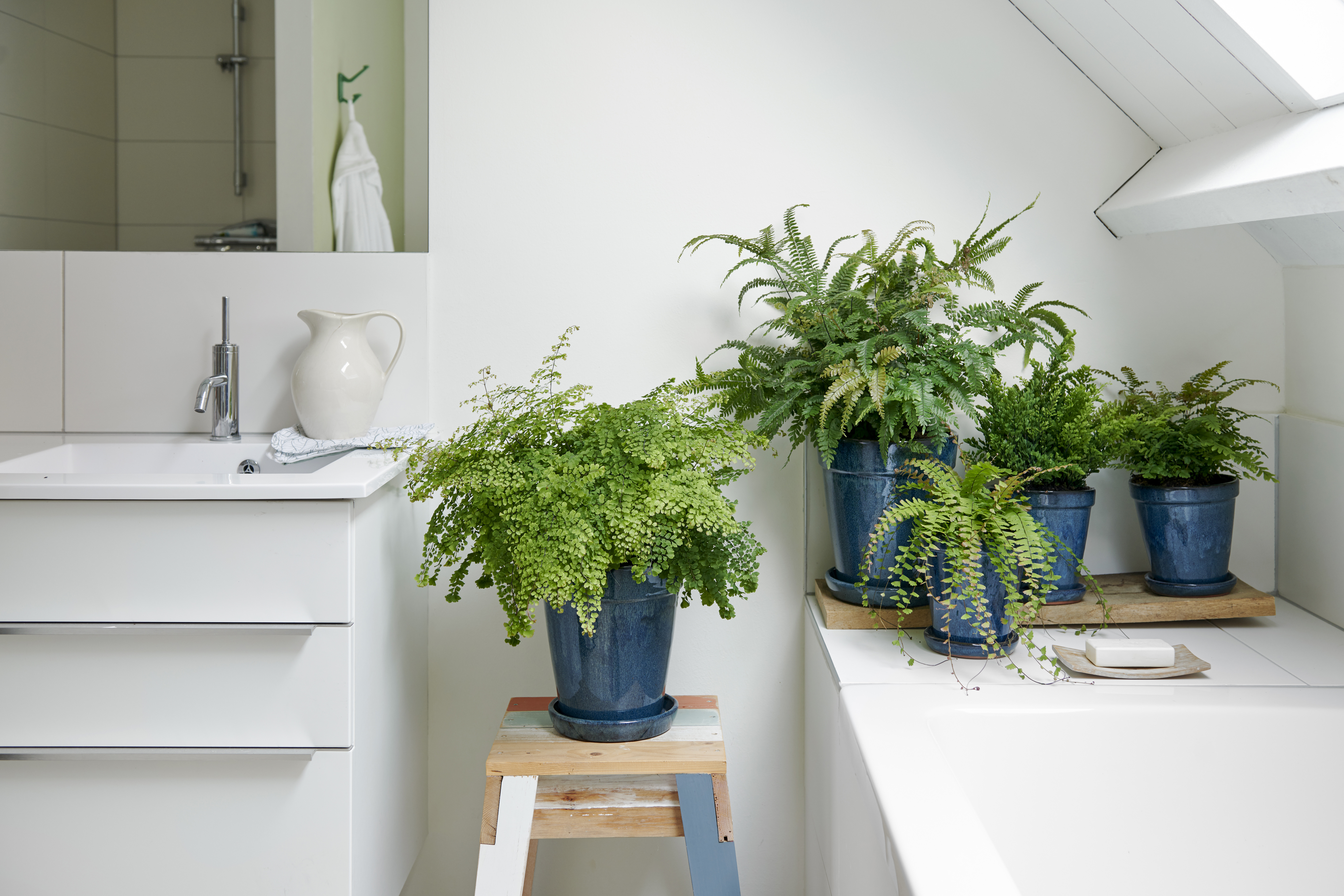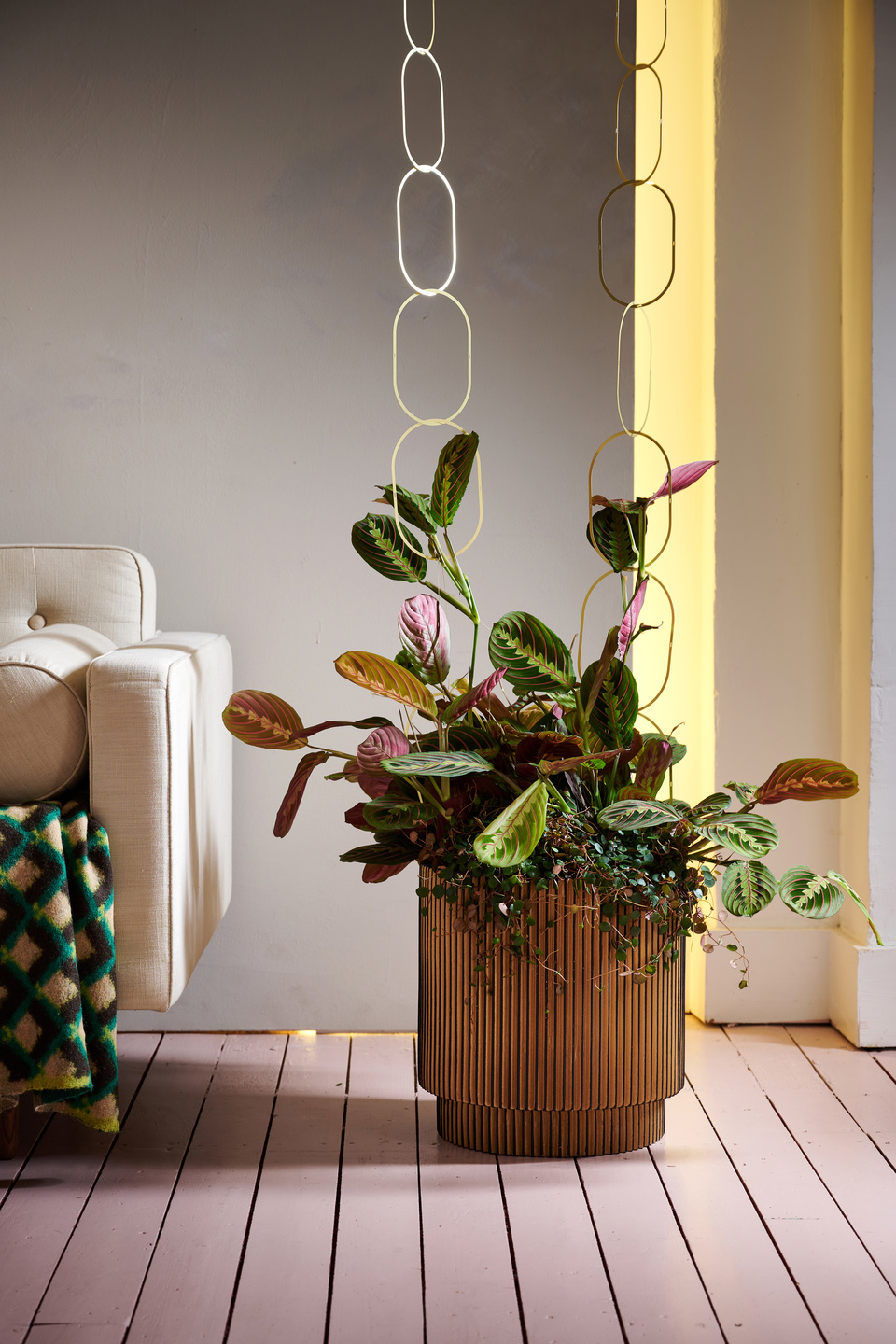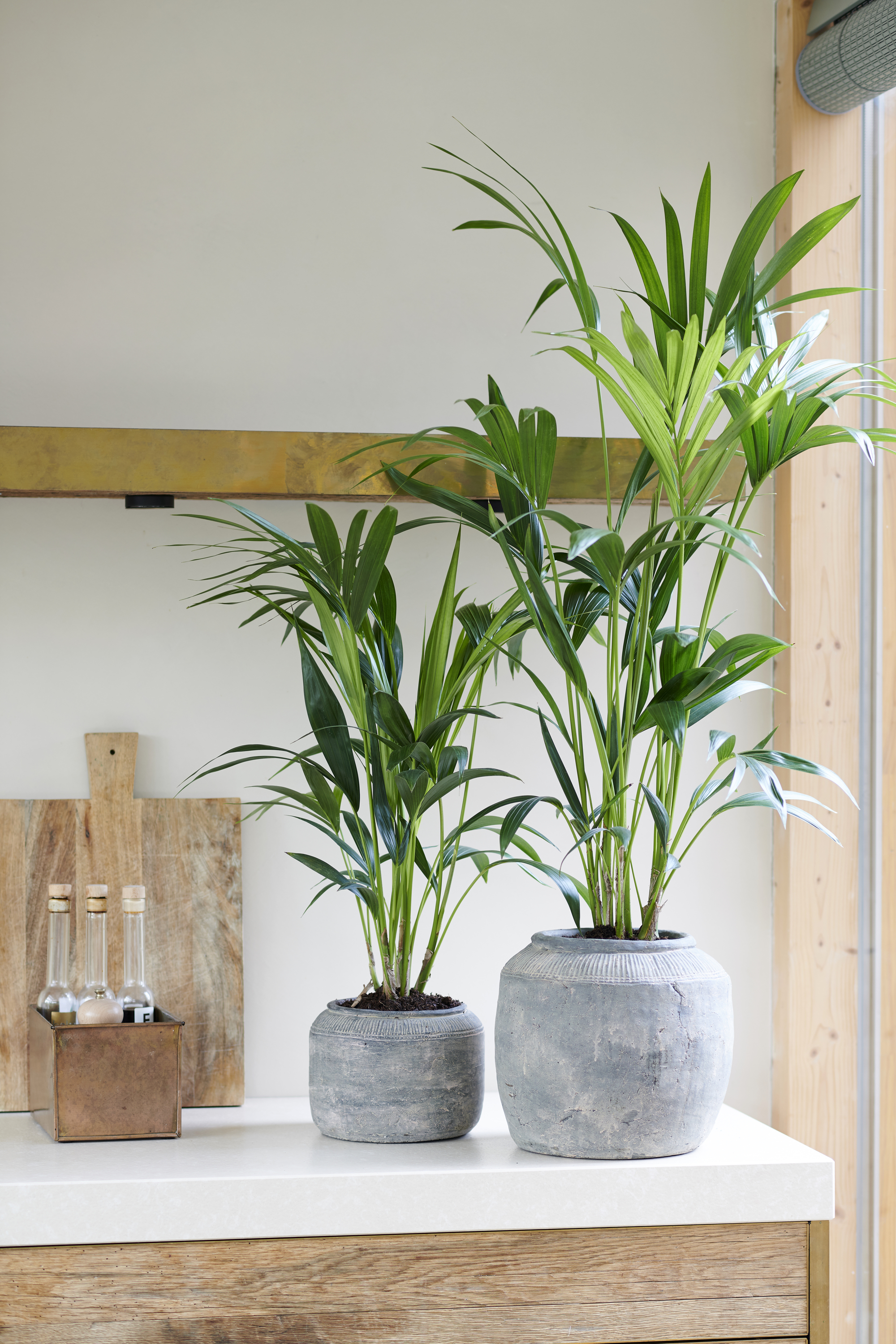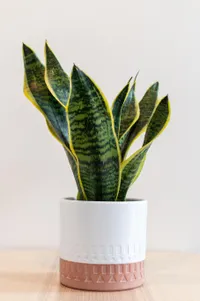I've just learned a new houseplant hack for healthier foliage - all it needs is something we've all been throwing away
Leftover potato water is full of health-boosting nutrients that can enrich your houseplants – here's how to use it


I'm always on the lookout for ways to keep my houseplants healthy. No matter how unconventional a plant care method may be, plant moms like myself will go to great lengths to make sure our leafy friends are flourishing, especially through these long winter months. Well, I've just discovered a simple watering hack for boosting your plants' health and it involves something I've been pouring down the drain all my life... leftover potato water.
Yep, the starchy water that's left in your pan after you boil potatoes can be used to benefit your houseplants. The potato residue contains a host of vital nutrients that can give your plants a much-needed boost when they're looking a bit worse for wear - simply let it cool down before using it as a substitute in your regular watering routine. If just setting out looking after houseplants for beginners, it's one of the cheapest and easiest ways to give your green-fronded friends a little TLC.
So, how and why does this hack work, and when should we be using it? I spoke with some plant experts to find out.

Lilith is an expert at following news and trends across the world of interior design. She regularly shares simple solutions to help brighten our homes and a personal favorite of hers is houseplants. For this piece, she spoke with plant experts to learn all about potato water hack for houseplants.
Why is leftover potato water good for houseplants?

Mashed, boiled, roasted, fried - we all love a potato, and there's no doubt they do wonders for us humans as a staple carbohydrate in our diets, but what about our plants? 'Leftover potato water needn't be discarded as it's a great way to water your houseplants and reduce kitchen waste at the same time,' explains Andrew Helling, a DIY and plant care expert at REthority.
So why does it act as such a magical ingredient when poured on our plants? Well, just as the starchy water used when feeding your plants pasta water can accelerate the growth of microorganisms in the soil, as can the starchy liquid leftover from boiling your potatoes.
There'll also be some essential nutrients infused in the water from these wonder vegetables which help houseplants thrive. 'The water after boiling should contain all three key micronutrients required for plant growth, including potassium, nitrogen, and phosphorus,' says Mo Bhula, plant expert at The Botanical Archive. Other nutrients also include calcium and magnesium, the second of which, as Andrew notes, is used to make chlorophyll.
How do you feed your plants with potato water?
The beautiful deep green foliage of the ficus plant has a red-ish tinge's especially striking thanks to its surface's shiny qualities. Its large leaves are notorious for collecting dust however, so be sure to wipe often.
To try this plant care hack, simply drain your leftover potato water back into a pan the next time you cook, rather than pour it down the drain. Make sure you let the water cool completely, and then use it as a substitute in your standard watering regime. Be careful not to use potato water that has salt in it, however, as this could potentially harm your plants by preventing the roots from absorbing water.
The Livingetc newsletters are your inside source for what’s shaping interiors now - and what’s next. Discover trend forecasts, smart style ideas, and curated shopping inspiration that brings design to life. Subscribe today and stay ahead of the curve.
Mo also advises against using this hack too often, instead encouraging us to incorporate it every now and again depending on how often you water your plants. 'Remember to flush your plants with potato-less water regularly to clean out any starch buildup in the soil,' he says. 'Also, make sure you thoroughly strain your potato water before using it as leftover pieces of potato could invite mold or pests.'
It's also worth sparing a thought to the time of day you decide to water your plants. 'When you go to water your plants with potato water, do so in the morning or evening (when the sun isn't out properly) in order for the plant to have enough time to soak it in before it evaporates,' explains Ivo Iv, founder of Decor Home Idea. 'If you don't use all of the potato water in the first instance, you can store the potato water in an air-tight container in the refrigerator and use it up to a week later. If you do this, make sure you give the container a good shake first.'
Which houseplants will benefit most from potato water?

The good news about this plant hack is it's unlikely to cause any serious harm to any of your plants since starchy water is beneficial to all growing types of plants. That said, there are certain houseplants that will benefit more than others.
'Plants that are most likely to benefit are any with deep root systems, so stick to monstera, prayer plants, and palms,' says Mo. 'For that reason, it might also be worth avoiding this hack on cacti or succulents.' This is because their shorter root systems are more susceptible to becoming waterlogged. In fact, to prevent this from happening to any of your plants, bottom watering with potato water will be the safest method.
This houseplant staple, also known as Mother-in-Law's Tongue, is loved for being extremely low maintenance and for its ability to purify the air. Its upright sword-like leaves with vibrant yellow edges, often variegated, look extra beautiful when given the occasional polish.

Lilith Hudson is a freelance writer and regular contributor to Livingetc. She holds an MA in Magazine Journalism from City, University of London, and has written for various titles including Homes & Gardens, House Beautiful, Advnture, the Saturday Times Magazine, Evening Standard, DJ Mag, Metro, and The Simple Things Magazine.
Prior to going freelance, Lilith was the News and Trends Editor at Livingetc. It was a role that helped her develop a keen eye for spotting all the latest micro-trends, interior hacks, and viral decor must-haves you need in your home. With a constant ear to the ground on the design scene, she's ahead of the curve when it comes to the latest color that's sweeping interiors or the hot new style to decorate our homes.

